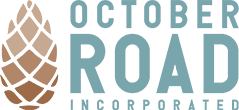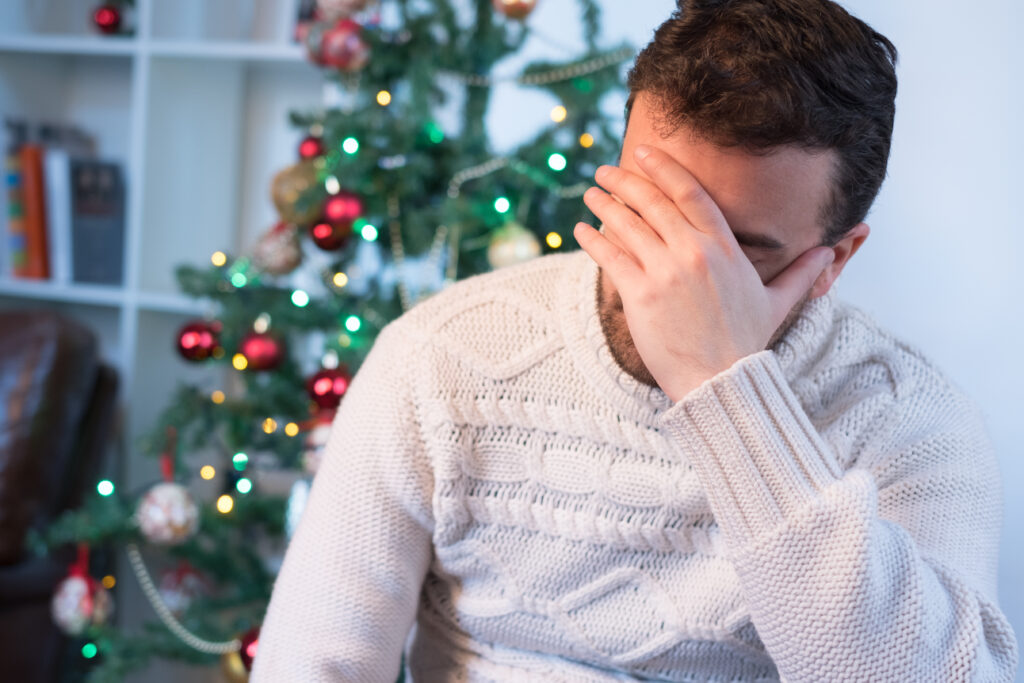Identifying and Managing Holiday Relapse Triggers

Sadly, relapse is a part of the reality of the journey to recovery for many people. While estimates and studies vary widely based on the type of substance used and other factors, the National Institute on Drug Abuse estimates that between 40 and 60 percent of individuals in recovery will relapse at some point.
Although relapse is common, it’s not inevitable, especially during seasons of stress. The best way to overcome relapse triggers during the holiday season is to prepare yourself for the upcoming events, places and things that could spur the urge to use drugs or alcohol.
Keep reading for holiday relapse triggers to look out for, plus other high-risk situations for relapse so you can be prepared and work against them.
Is relapse common during the holidays?
There is no time of the year when relapse is not a real threat to your sobriety and relapse triggers abound during the holiday season. Family fights, money troubles, weather that makes you feel down and other factors can all lead to increased distress and negative emotions.
Relapse during the holidays is a real hurdle that you can overcome, but it takes preparation and knowledge of your triggers to confront. The best way to avoid relapse is to know your holiday relapse triggers, problem-solve to avoid or manage them and use professional guidance to do so.
If you’re not already connected with substance use treatment or therapy, now is the best time to get started.
What are holiday relapse triggers?
Staying sober over the holiday season is a challenging feat, most especially if you’re in early recovery. While not everyone celebrates the same holidays, there are surely several factors that can contribute to relapse rates that pop up during this time. Here are a few:
Changing weather
As the winter sets in and the majority of people are exposed to less sunlight and time spent outdoors decreases, our intake of vitamin D plummets. A person who is low on vitamin D will experience fatigue, poor sleep and lose muscle tone.
Studies have shown that vitamin D is also connected to mood. An article in the journal Issues in Mental Health Nursing found that insufficient vitamin D can contribute to depression and other mental health disorders. Since there’s a high correlation between mental health and substance use, little exposure to sunlight can make staying away from substances more difficult.
Family stress
The holidays are the one time of year when people are most expected to make an effort to spend time with immediate and extended family, as well as in-laws. Family dynamics can make gatherings difficult and bring up a host of emotions. While some are positive, others can definitely be holiday relapse triggers.
Financial stress
Celebrations like Christmas surely have their cheer, but providing that cheer for your loved ones can put a person under financial strain. Gifts, vacations, special events, fancy meals, time off work and so on can get out of hand without careful budgeting, resulting in urges to drink and use drugs.
Grief
Celebrations like Thanksgiving, Christmas, Hanukkah, New Year and others are all occasions that are traditionally celebrated with family. For those families who have lost a member, the memories can elicit sorrow. It’s very common to feel grief over the holidays and to miss loved ones who are no longer near.
Changes in routine
During the holidays the whole world seems to adapt to a different schedule that allows more leisure, more celebrating and more enjoyment. Relishing in the holiday rest can be a good thing, but if you rely on structure and schedules to help you keep your progress in sobriety, you’re likely to be challenged in this season.
Exposure to substances
Many holiday parties have alcohol readily available, and partaking in the season of indulgence is almost too tempting to resist. Your family may even pressure you to join in, especially if they aren’t aware of your recovery journey or think a single drink can’t do any harm.
What are other high-risk situations for relapse?
There are plenty of high-risk situations for relapse that could be lurking in this season or further out in the future. Regardless of when you’ll have to face them, it’s important to be prepared instead of being caught unaware.
High-risk situations for relapse:
- Job loss
- Divorce
- A break-up
- Unstable housing
- Unstable income
- Changing careers
- Moving
- The death of a loved one
- Job stress
- Dysfunction at home
- Comorbid mental health disorder
- Mental health crisis
- Exhaustion or fatigue
- Spending time with people you associate with substance use
- Feeling that you won’t relapse with just one drink
- Impatience with treatment
- Loneliness
- Anger
- Boredom
- Grief
- Depression
- Anxiety
- Recalling past mistakes
- Having a lot of cash on hand
These and other situations can lead to relapse during the holidays or any time of year. The best way to prevent relapse is to get help from a substance use treatment center. When you access therapy and other resources, you’ll learn how to identify your personal triggers, build coping strategies and foster a lifestyle that supports recovery.
Get the help you need in your recovery journey with October Road Recovery. October Road offers intensive outpatient and partial hospitalization programs, medication management and other tools to get you where you want to be.
Recovery is closer than you think. Call October Road today.






